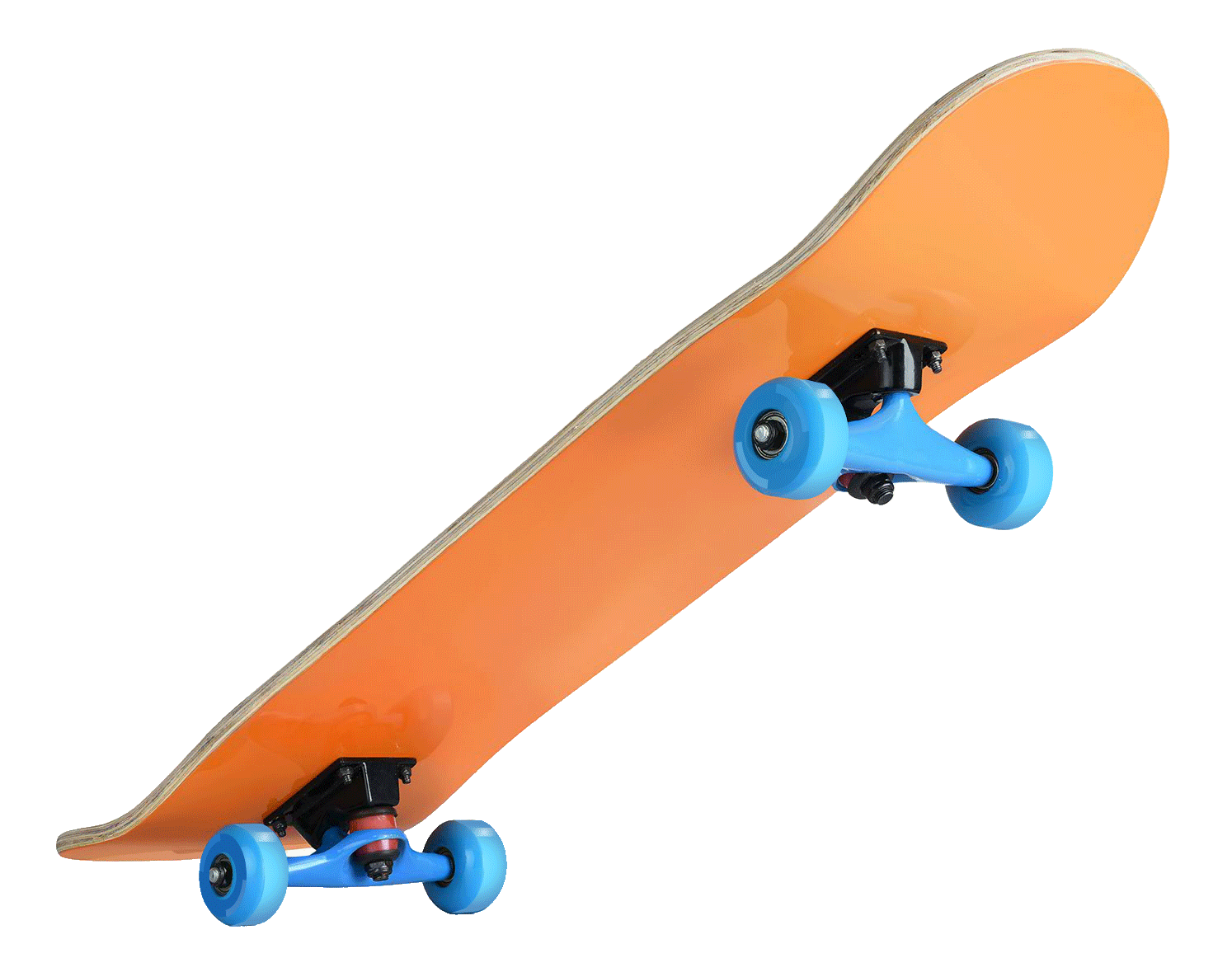BrainPOP Science investigations immerse middle schoolers in exciting and relatable phenomena to activate their innate curiosity and send them on a path of three-dimensional learning. Our collection of comprehensive units and resources empower students to ask questions and make their own discoveries—just like real scientists.
Instead of receiving content on chemical reactions, for example, students are presented with a guiding question like: why can’t you unbake a cake? Our built-in Claims-Evidence-Reasoning (CER) process supports middle school science students as they explore and collect evidence within BrainPOP 3D Worlds™, simulations, and data manipulatives. Investigations wrap up with students synthesizing what they learned through written arguments where they back up their claims with evidence.
Take middle school students on adventures in physical science
Here’s a look at a few ways BrainPOP Science investigations bring physical science to life.

Phenomena-centered instruction is a critical component of three-dimensional science instruction. Guiding questions anchor each investigation in phenomena that students connect with and can’t wait to learn more about. More than just a fun hook, BrainPOP Science phenomena activate prior knowledge and motivate students to figure out how things work for themselves. Middle schoolers really see themselves as scientists as they apply concepts and tools to situations that are powerfully relevant. At a pivotal age, middle school students discover that science is everywhere and are equipped with the skills to make meaning of the world around them.
Activate inquiry-driven student learning with real-world phenomenon

Investigation—Identifying Matter
The BrainPOP Science investigation on Identifying Matter kicks off with an intriguing question about why athletes bite into their gold medals. By tapping into a seemingly ordinary phenomenon many students have seen or heard of, guiding questions inspire students to ask their own questions and drive the lesson forward.
Guiding Question
Can biting a metal object tell you if it's made of real gold?
Primary sources enhance BrainPOP Science investigations with new perspectives into physical science phenomena. Students are challenged to dig deep with their critical thinking skills while they observe, analyze, describe, identify, explain, and make inferences about what they are seeing and reading. Hypotheses are tested and stretched as new information is merged with background knowledge. Primary sources are an effective platform for group work that launch lively scientific debate.
Strengthen students' critical thinking with primary sources

Investigation—Rainbow Formation
As students work through the BrainPOP Science investigation on Rainbow Formation, they’ll encounter eye-catching primary source photographs of double rainbows. While they may have seen this phenomenon before, they’ll be prompted to think critically about what’s happening like a scientist.
1. Identify the primary rainbow in each image, and explain your reasoning.
2. Form a hypothesis to explain the order of colors in a secondary rainbow.
3. Describe how the location of the photographer in the second image is ideal for observing a full circular rainbow.

Physical science investigations for your middle school classroom
Explore a wide range of ready-to-use investigations designed to complement any middle school science curriculum and support all your instructional objectives.




Atoms, Elements, and Molecules
-
Properties of Matter
-
Identifying Matter
-
Density of Matter

Compounds, Mixtures, and Solutions
-
Acids and Bases as Compounds
-
Salts as Compounds
-
Mixtures

States of Matter
-
Solids, Liquids, and Gases
-
Phase Changes

Properties of Matter
-
Properties of Matter
-
Identifying Matter
-
Density of Matter

Physical and Chemical Changes
-
Chemical Reactions
-
Conservation of Matter
-
Energy in Chemical Reactions

Forces and Motion
-
Introduction to Newton's Laws
-
Balanced and Unbalanced Forces
-
Newton's Second Law of Motion
-
Speed
-
Newton's Third Law of Motion

Work and Simple Machines
-
Work, Energy, and Forces

Non-Contact Forces
-
Gravitational Forces
-
Magnetic Forces
-
Electromagnetic Forces

Energy
-
Kinetic and Potential Energy
-
Conservation of Energy
-
Water Power

Thermal Energy
-
Thermal Energy Transfer

Wave Properties
-
Wave Properties
-
Sound Waves

Light Waves
-
EM Waves
-
Rainbow Formation
-
Refraction, Reflection, Absorption
-
Properties of Light
Guiding Question
How can a potato power a lightbulb?
Guiding Question
How does jumping on the Moon compare to jumping on Earth?

Guiding Question
Why can’t you unbake a cake?
Our three-dimensional approach to teaching science is designed to complement the latest standards for all 50 states, including NGSS, the NRC Framework, TEKS, and NGSSS. Throughout BrainPOP Science investigations, teachers can leverage built-in formative assessments with question types that prepare students for the rigors of state testing.
Aligned to all state standards





Spark curiosity among middle school students and seamlessly incorporate robust, standards-aligned teaching into your science classroom.
Request a BrainPOP Science pilot or demo today
Inquiry-based science classrooms give the space and tools for students to experiment with what they are discovering about phenomena. PhET Interactive Simulations are systematically woven into BrainPOP Science investigations to help students actively apply their scientific thinking and problem-solving skills. Students interact with scenarios in an intuitive, game-like environment, while they continue to collect observations and data. These everyday encounters with physical science concepts like Newton’s Laws and static electricity give middle schoolers first-hand knowledge about how things work and why.
Tackle learning challenges in simulations by PhET

Investigation—Balanced and Unbalanced Forces
In this PhET simulation from the BrainPOP Science investigation on Balanced and Unbalanced Forces, students experiment with net force, motion, and friction and see the results in a tug-of-war scenario. Questions embedded in the simulation prompt students to record their findings to use later when constructing a written argument.






